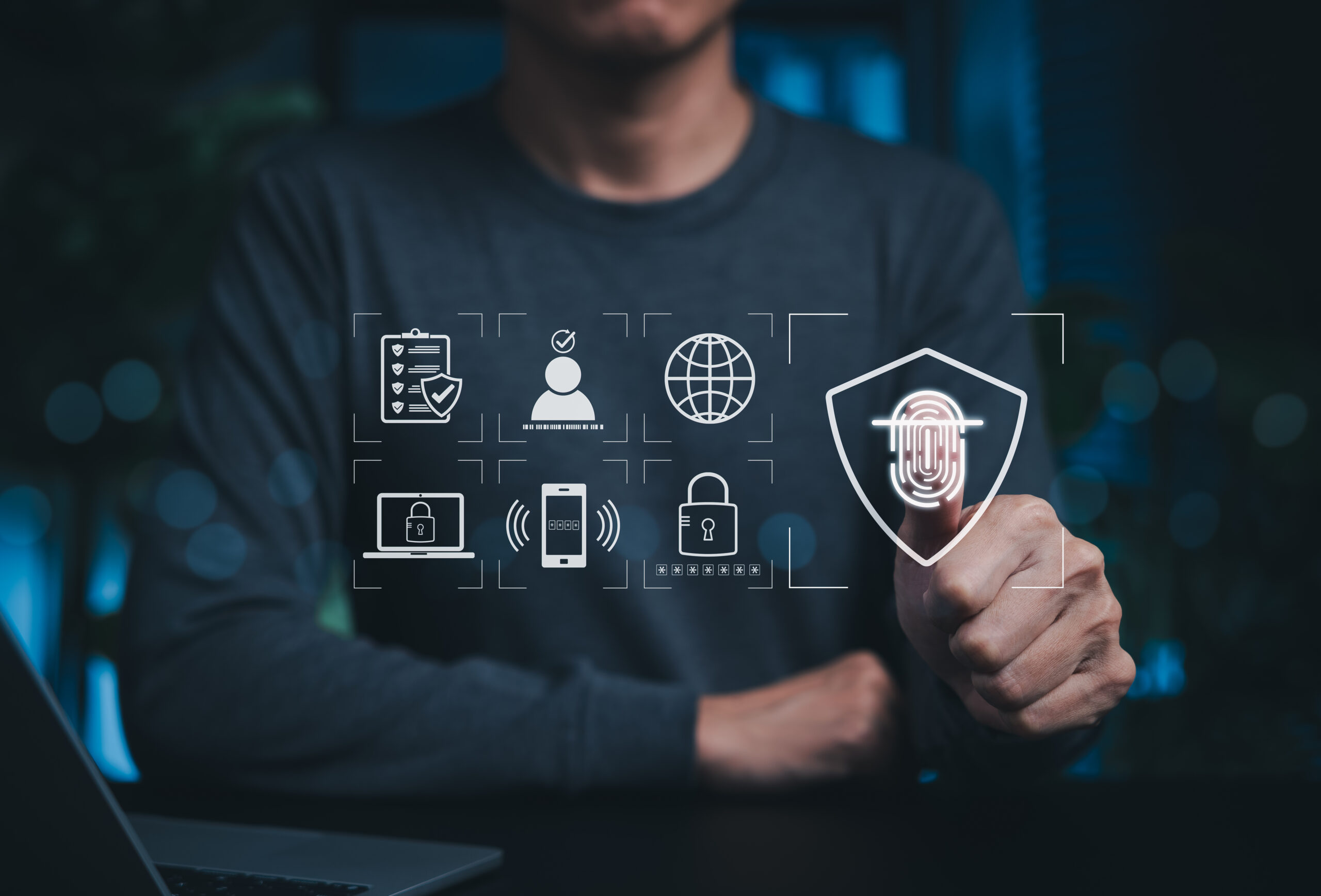Strong passwords are critical, but sometimes one lock on the gate isn’t enough. That’s where multi-factor authentication (MFA) comes in.
MFA: The Fence Around Your Digital Yard
Think of MFA as a sturdy fence with a locked gate around your home. To get inside, someone needs more than one key, one for the gate (your password) and another for the front door (a second factor like a text code, authenticator app, or fingerprint).
This extra barrier makes it far more difficult for cybercriminals to break in. More importantly, it gives you peace of mind knowing your “yard” is protected even if one layer is compromised.
Phishing: Tricking You Into Opening the Gate
Of course, attackers know that many people use stronger locks today. Instead of forcing their way in, they often try to trick you into opening the gate yourself. That’s where phishing comes in.
Phishing emails look legitimate. They copy logos, colors, and even addresses from trusted companies. They often create urgency, like “Your account will be closed today!” and ask you to click a link to “log in.” But that link takes you to a fake site designed to steal your credentials.
Phishing: Tricking You Into Opening the Gate
- Suspicious or mismatched sender address
- Generic greetings like “Dear Customer”
- A sense of urgency or threats
- Links that don’t match the official website
What To Do If You Spot One
- Don’t click, reply, or open attachments.
- Delete the email immediately.
- Verify directly by contacting the company through their official website or phone number.
Why It Matters
MFA makes it harder for attackers to get in, but phishing shows how they exploit human behavior. By staying alert and recognizing red flags, you keep the “fence” around your digital yard strong.
With MFA in place and a watchful eye for phishing, your business stays secure, and one step ahead of cybercriminals.
Want to strengthen your fence even further? Explore our Managed IT Security Services and see how Applied Innovation helps protect businesses like yours.
